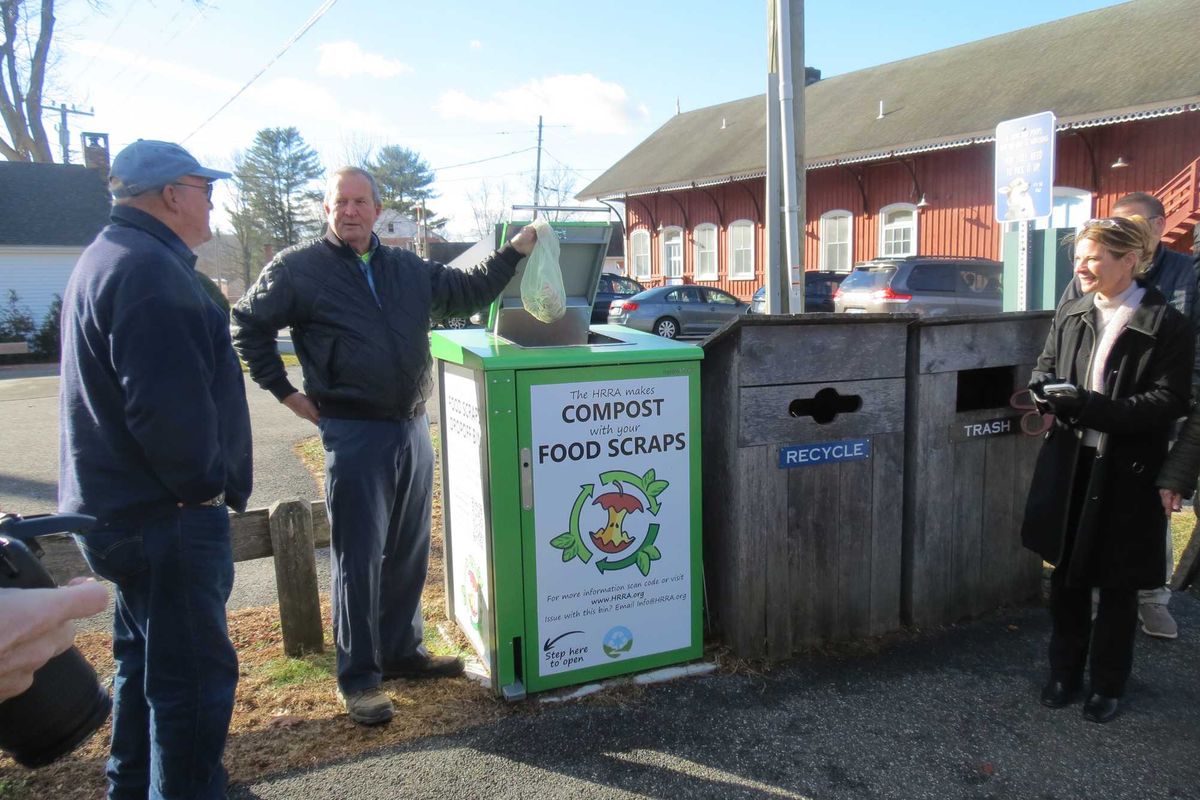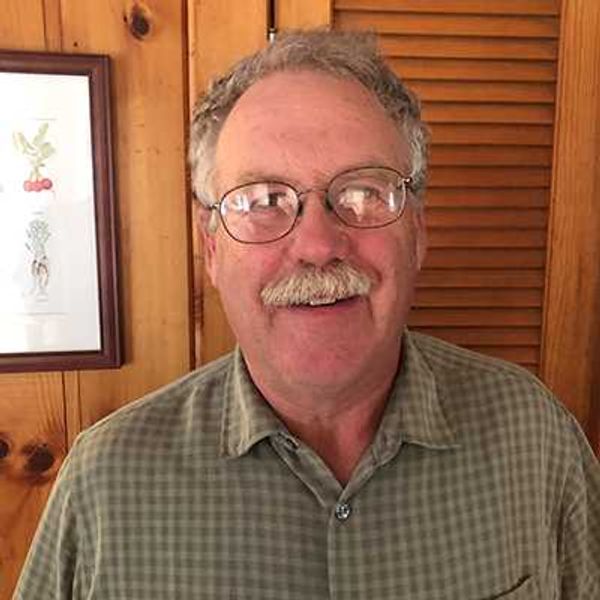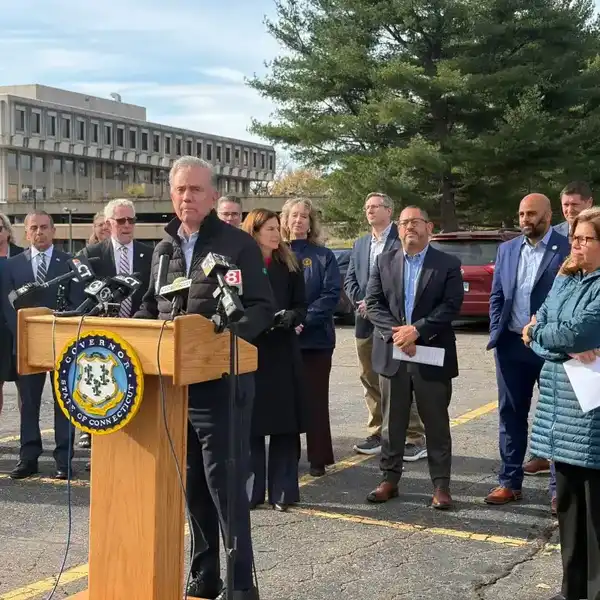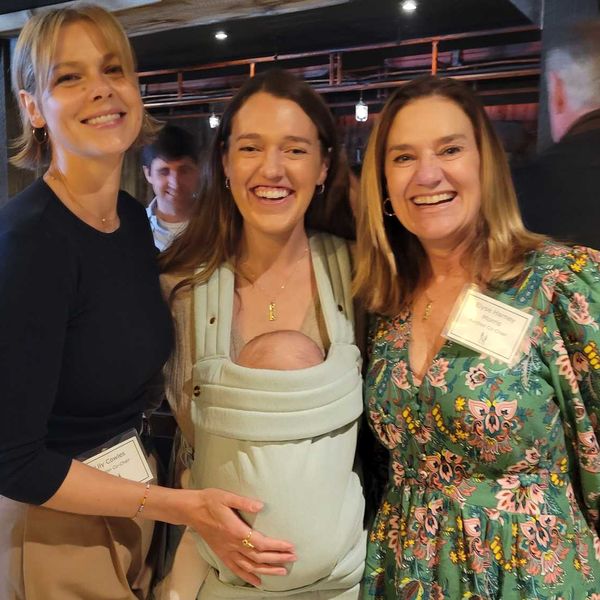Busy start for North Canaan’s health center in opening year

From left, Ronica Doyen, Gema Juarez and Rebecca Malone prepared for a patient’s appointment at the North Canaan health center’s nursing station on a recent weekday afternoon.
Debra A. Aleksinas


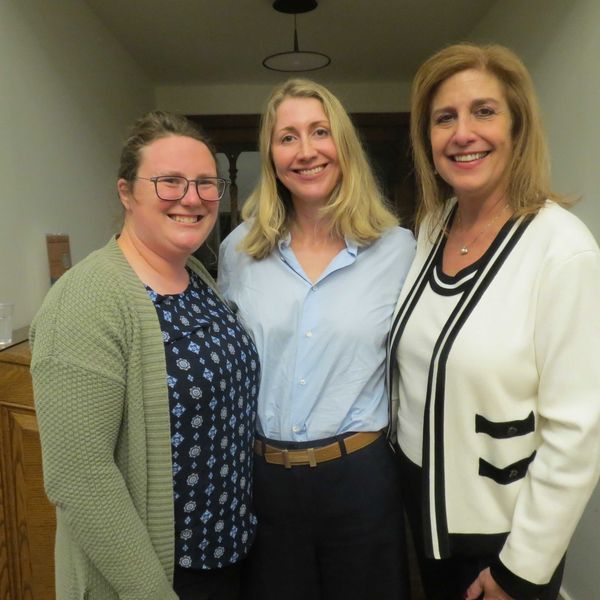

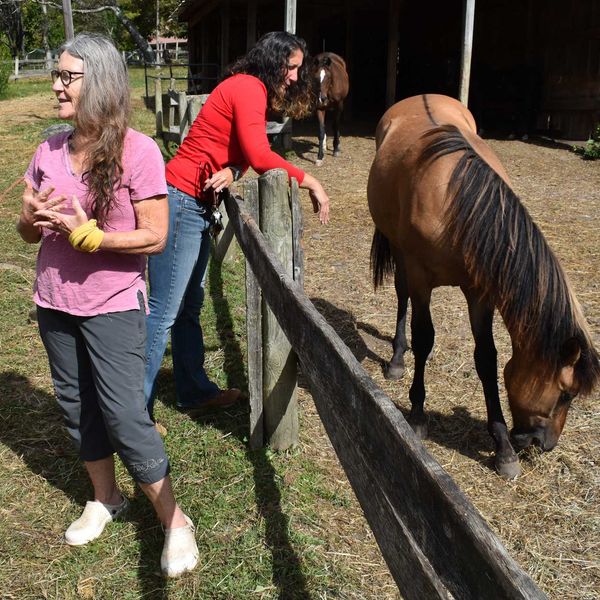
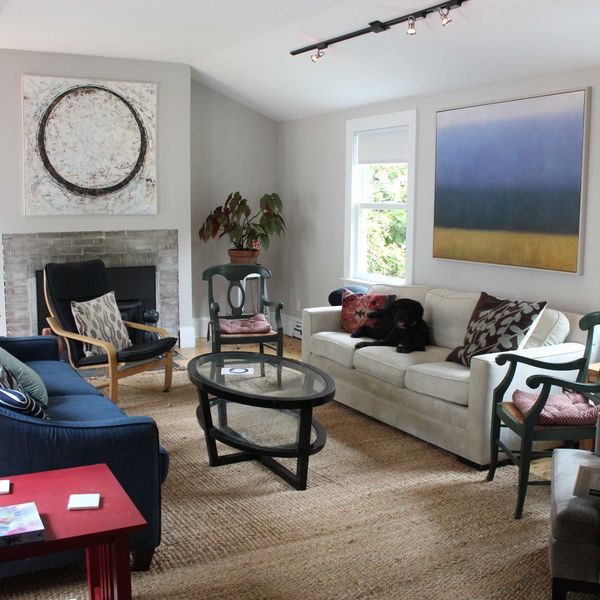



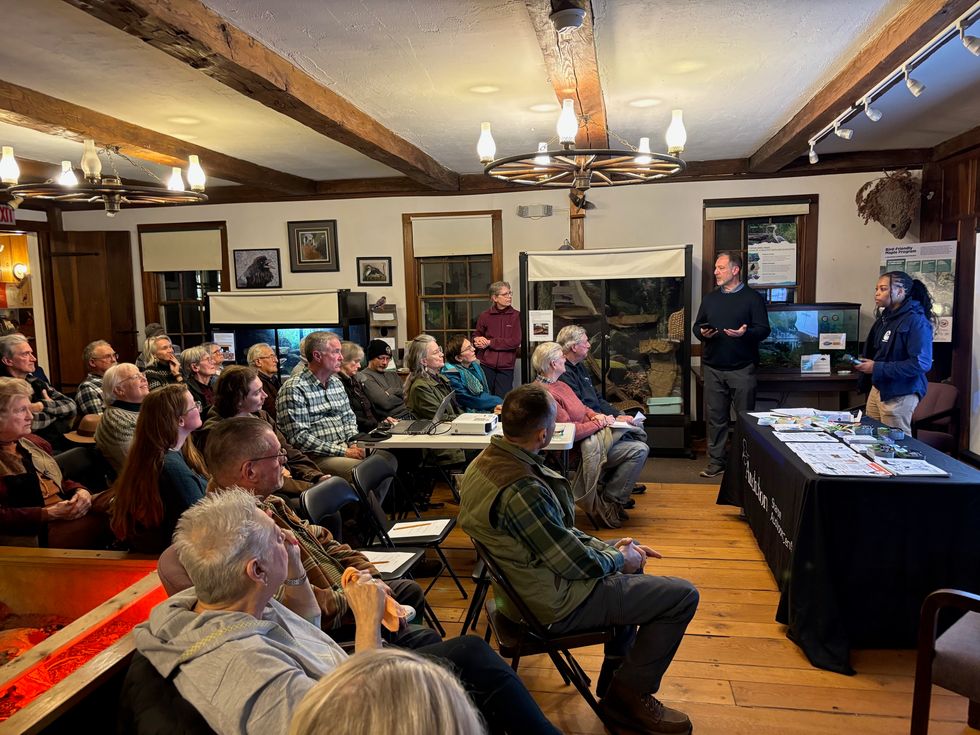 Attendees at the DEEP meeting in Sharon on Dec. 3By Christian Murray
Attendees at the DEEP meeting in Sharon on Dec. 3By Christian Murray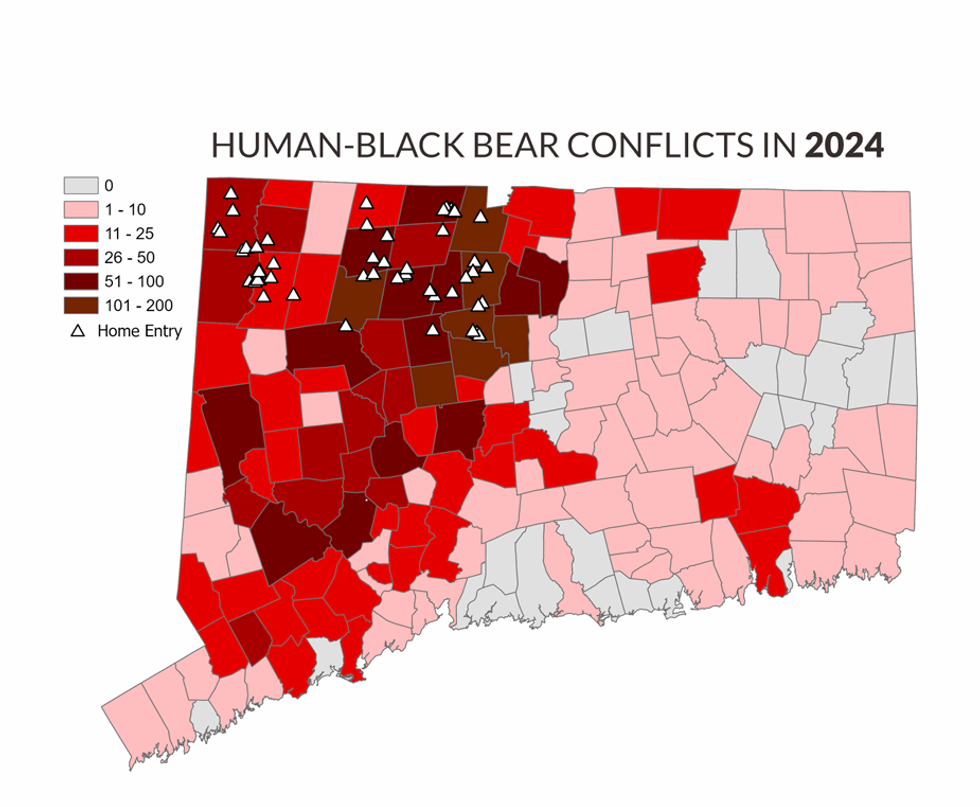 From the State of the Bears Report released March 2025CT DEEP
From the State of the Bears Report released March 2025CT DEEP